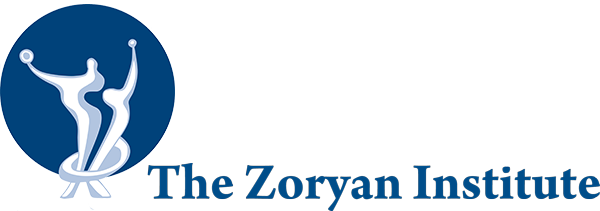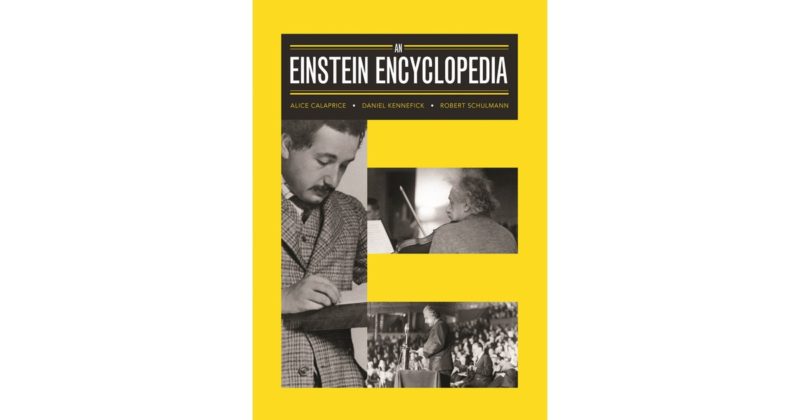YEREVAN/NOVATO, Calif. — Alice Calaprice was born in Berlin in 1941 to a German father and Armenian mother. Her grandfather Artasches Abeghian was one of the brilliant Armenian intellectuals of the first half of the 20th century. He received his doctorate in Germany and later taught at the universities of Berlin and Munich. Among other works, he published a German-Armenian grammar book and dictionary, a map of ancient and modern Armenia, a translation of Goethe into Armenian, and of Armenian writers into German. He was also a Member of Parliament of Armenia’s First Republic.
In 1951, Alice immigrated to the US with her mother and sister, Margit. She graduated in 1963 from the University of California at Berkeley with a degree in sociology and minor in Near Eastern Studies. In 1970 she moved to Princeton, NJ, with her husband and two children. From 1978 to 2002, she worked as a senior editor at Princeton University Press and became an author and editor of several books. Now she lives in Novato, Calif.
Dear Alice, I first learned about you from your mother, the late Mrs. Rusan Abeghian (whose letters to me I treasure), who in 1996 sent me the first edition of your first book, The Quotable Einstein, which have been translated into about 25 languages! I was thrilled to read that book, which revealed many aspects of Albert Einstein the man. It later had three updated editions, plus you wrote a book on children’s letters to Einstein, a bibliography of his writings that you put into personal and historical context, and a biography for young adults, written with Trevor Lipscombe. Due to your knowledge of German as well as your writing and editing skills, you became one of the right people to help bring to light some previously unknown aspects of Einstein’s life, legacy, and personality. How much of the 42,000 Einstein-related documents has been presented to the general audience?
Artsvi, it’s great to be doing this interview with you. The first and last time we met was in 2003 in Princeton, which gave us a chance to talk about our families and maybe also about my longtime work with Einstein’s papers. It is hard to estimate how much of the archive made it into my books. The sheer number of documents in the archive reflects the complexity of his work, personality, and the times in which he lived. There are thousands more documents now than there were 43 years ago, when I prepared the original computerized index of the archive for which Prof. John Stachel laid the groundwork. In my books, I tried to impart some facets of Einstein’s remarkable life that could be found in the archive at the time my books were published. I am neither a physicist nor a historian of science, so my books were vetted by specialists but are written for a general audience. Einstein was not only a physicist but also a humanitarian, an astute political activist, and a man of many involvements and interests, such as philosophy, music, travel, and leisure-time activities like sailing. His name is known all over the world, but there are many myths about him that scholars have been attempting to correct.
And your Einstein work became An Einstein Encyclopedia, published in 2015 with two co-authors…
Yes, I thought it would be useful to have a small, desktop encyclopedia that summarily covers the fundamentals of Einstein’s life. I had often wished I had such a reference at my disposal while doing research and spending hours to search for basic facts. Einstein scholars can now quickly find facts about his life, family, colleagues, works, activities, awards, interests, relationships, and so forth. Two Einstein-scholar friends — a historian and a physicist, both of whom had worked on The Collected Papers of Albert Einstein volumes — agreed to join me in this project. I had copyedited the fifteen volumes that have been published to date and thus had easy access to facts. Princeton University Press published the encyclopedia. I think we succeeded in presenting the most useful information, including reproductions of some interesting documents and photos from the archive.









